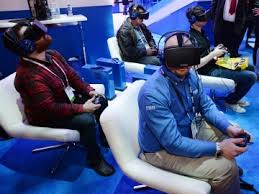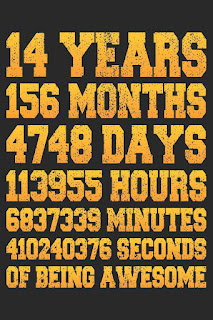Virtual reality in your pocket
 The recent boom in popularity for virtual reality headsets has brought about a variety of both professionally designed and DIY (Do It Yourself) Head Mounted Displays (HMDs). I personally have seen casings of all different shapes and sizes that turn the standard smartphone into a virtual reality HMD and these made from a variety of materials like wood, plastic, and even cardboard.
The recent boom in popularity for virtual reality headsets has brought about a variety of both professionally designed and DIY (Do It Yourself) Head Mounted Displays (HMDs). I personally have seen casings of all different shapes and sizes that turn the standard smartphone into a virtual reality HMD and these made from a variety of materials like wood, plastic, and even cardboard.
While I give credit to engineers and makers from the SVVR and SFVR meet ups for doing it before it was cool, it was Google that really pushed the cardboard HMD into the blogosphere during their Google I/O 2014 Keynote. Google Cardboard, as it is appropriately named, is the firm's attempt at a do-it-yourself VR headset.
Literally made of cardboard, the remarkably low-cost virtual reality goggles combine a split-screen image from a smartphone, delivering impressive graphics for the low price of almost free. Combined with positional sensor data from the phone, it's possible to look around an environment with a full 360 degree range.
The visor works with other 3D apps on Android and iPhone like Dive City Rollercoaster and Moorente, a virtual duck- hunt, where the sky is filled with dozens and dozens of 3D rendered birds. There are a number of 3D videos on YouTube available also and to find them simply search for "3D split screen."
One can make a cardboard headset from Google's official plans or buy a completed cardboard visor kit from companies like San Francisco based DODOcase. The DODOcase VR Kit comes with the basic materials to build a simple-to-assemble cardboard HMD. At a low cost of $24.95 for the kit with the NFC tag, this is definitely a kit I recommend to any VR enthusiast that wants to try virtual reality without dropping a few hundred for a head unit like the Oculus Rift.
I ordered mine and here is a video of the unboxing, assembly, and a little digital fabrication.
As seen in the video, there is a piece of the kit that I decided to replace with a 3D printed part to add more support to the unit. Here is the digital fabrication ready part in a .stl format for any that want to 3D print their own part.
I am very excited by kits like DODOcase's VR Kit and other low cost units that easily turn the smartphone into a virtual reality headset. Truly VR is now very affordable and in most people's pocket.




Comments